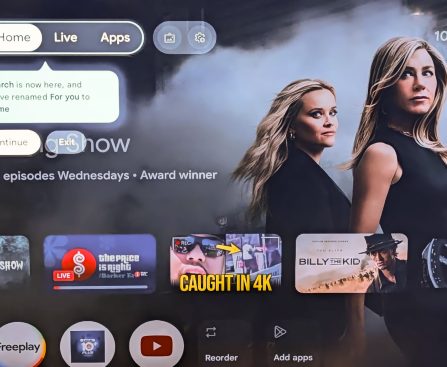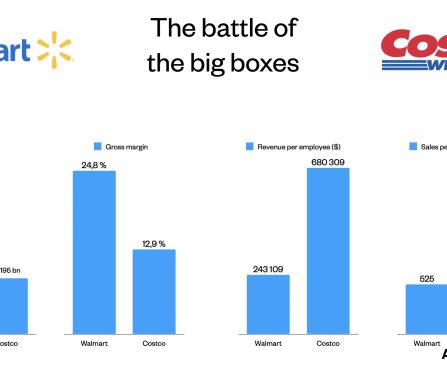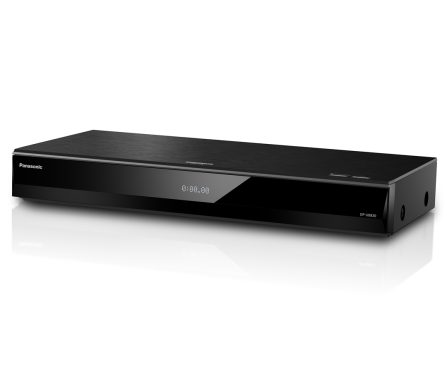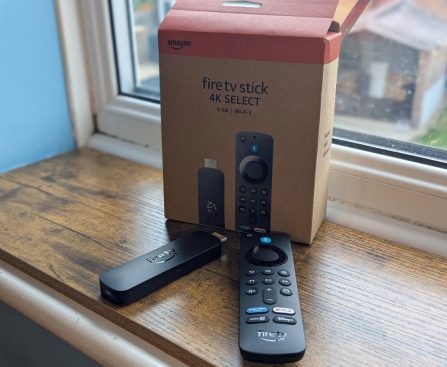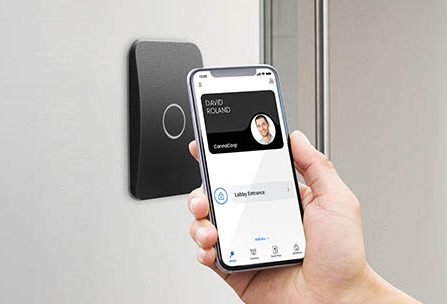unveiled several new functionalities for Google TV, such as compatibility with the Google Photos app and extra Gemini features that could enhance your viewing experience. The introduction of these features isn’t unexpected, given recent events. Google integrated Gemini into Google TV last year, as it plans to substitute Google Assistant with Gemini across its platforms. The firm has also revamped the Google Photos experience in 2025, introducing new AI functionalities to the mobile application and a completely new video-editing feature. In a related announcement a few days ago, Samsung revealed that certain Samsung TV models will support the Google Photos app, with at least one feature enjoying a short exclusivity phase.
The latest Google TV features announced at CES 2026 will be initially accessible on select TCL TV models, followed by other Google TV devices, including projectors, in the upcoming months. Gemini will provide even more assistant-like functionalities on compatible devices, including the capacity to manage settings. For instance, you could inform the AI that “the screen is too dim,” or “the dialogue is lost,” and Gemini will adjust the brightness and sound levels accordingly. You won’t need to pause your movie or TV show to navigate to the Google TV settings yourself.
Gemini will also be capable of responding to other inquiries in the same conversational manner offered in the Gemini app on mobile or desktop. You may pose questions to the AI regarding specific topics related to Google TV content, such as similar shows to those you’ve recently completed watching. You can inquire about real-world events, like sports, and ask for images when suitable. One of the examples provided by Google is requesting Gemini to display some of Van Gogh’s most renowned paintings.


